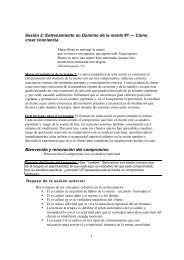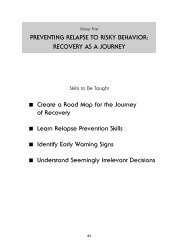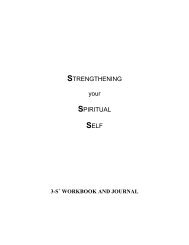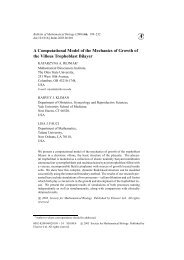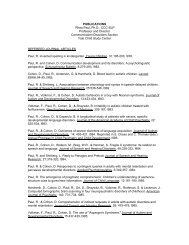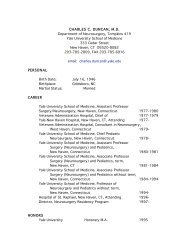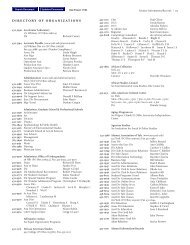The Spiritual Self Schema (3-S) Development Program
The Spiritual Self Schema (3-S) Development Program
The Spiritual Self Schema (3-S) Development Program
You also want an ePaper? Increase the reach of your titles
YUMPU automatically turns print PDFs into web optimized ePapers that Google loves.
An overview of the 3-S approach<br />
"I am often confronted by the necessity of standing by one of my empirical selves and<br />
relinquishing the rest ... the seeker of his truest, strongest, deepest self must review the<br />
list carefully, and pick out the one on which to stake his salvation."<br />
William James, Principles of Psychology (1890-1950). NY:Dover Press, pp. 309-310.<br />
What is <strong>Self</strong> ? ... What is Me ? ... What is my personal Path?<br />
Who has time for such questions in the course of a day that requires<br />
going on automatic pilot in order to survive? <strong>The</strong> notion of a personal<br />
path now seems passé. Nowadays a more apt metaphor would<br />
probably be a high-speed super-highway that takes one rapidly towards<br />
... what? -- happiness? ... misery? Yet more questions, with no time to<br />
reflect on an answer.<br />
This high-speed mental "highway" that takes us rapidly through life<br />
may appear to be externally generated and perpetuated (i.e., by the fastpaced<br />
society in which we live). However, if we were to examine it<br />
more closely, we would find that it is constructed primarily of habitual<br />
patterns of thinking, feeling, and behaving that uniquely characterize<br />
each of us as individuals. Psychologists refer to the underlying structure<br />
of these habitual patterns as 'self schemas.'<br />
As described in the section <strong>The</strong>oretical Foundation for 3-S, self-schemas<br />
filter incoming information, they differentiate and generate judgments<br />
about sensations (e.g., as self-relevant -- desirable/pleasurable,<br />
undesirable/aversive, or neutral), and they guide action, at the most<br />
primitive level, in pursuit of sensations that are desirable and avoidance<br />
of those that are aversive. Thus, through this self-schematic process, we<br />
create "the world" of our personal experience believing that this is "Me;"<br />
this is my "<strong>Self</strong>;" this is how "I" respond predictably and consistently to<br />
sensory contact with an otherwise unpredictable, impermanent external<br />
world.<br />
9



